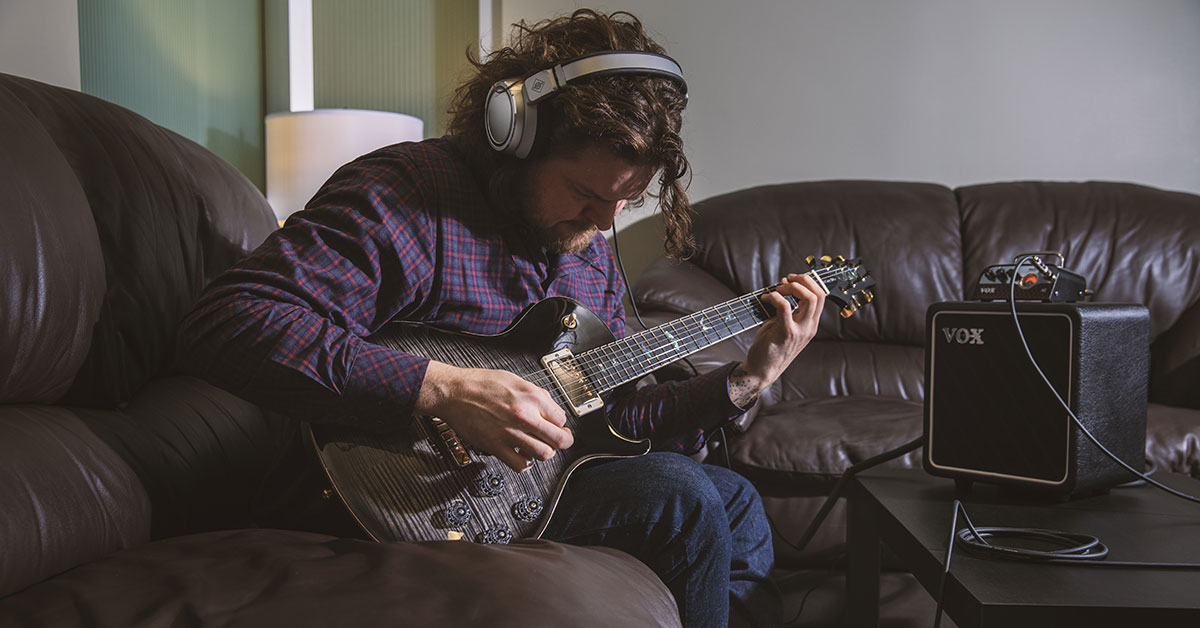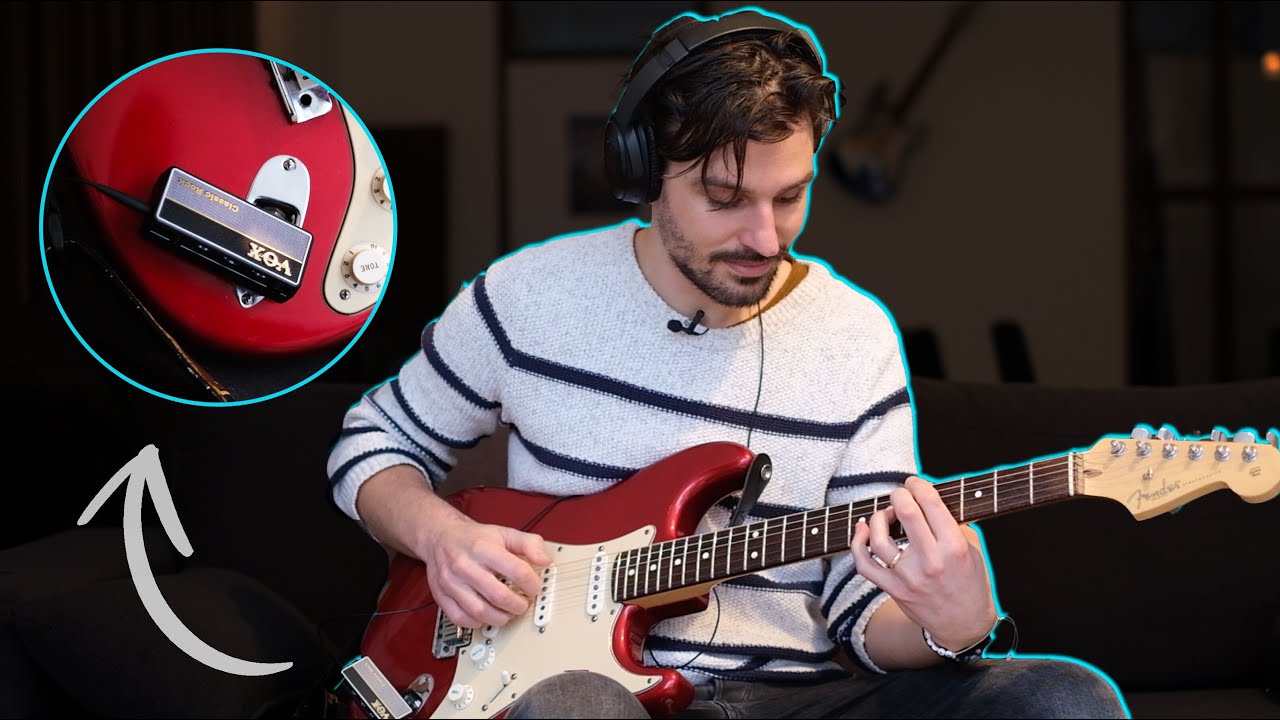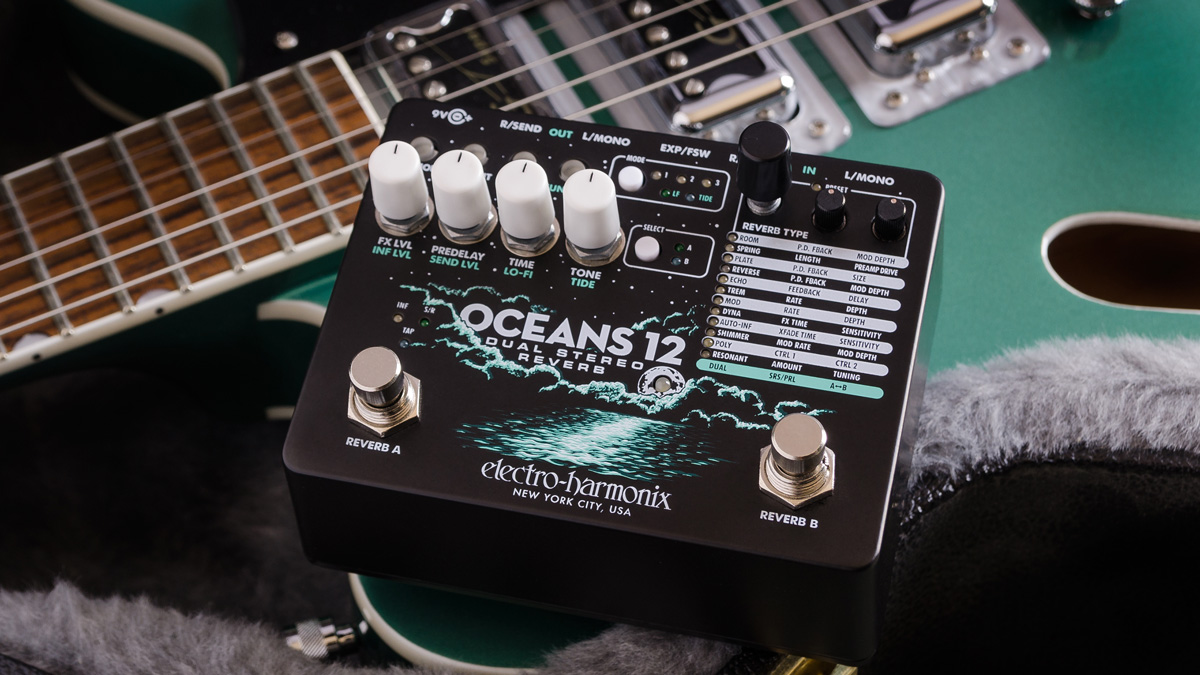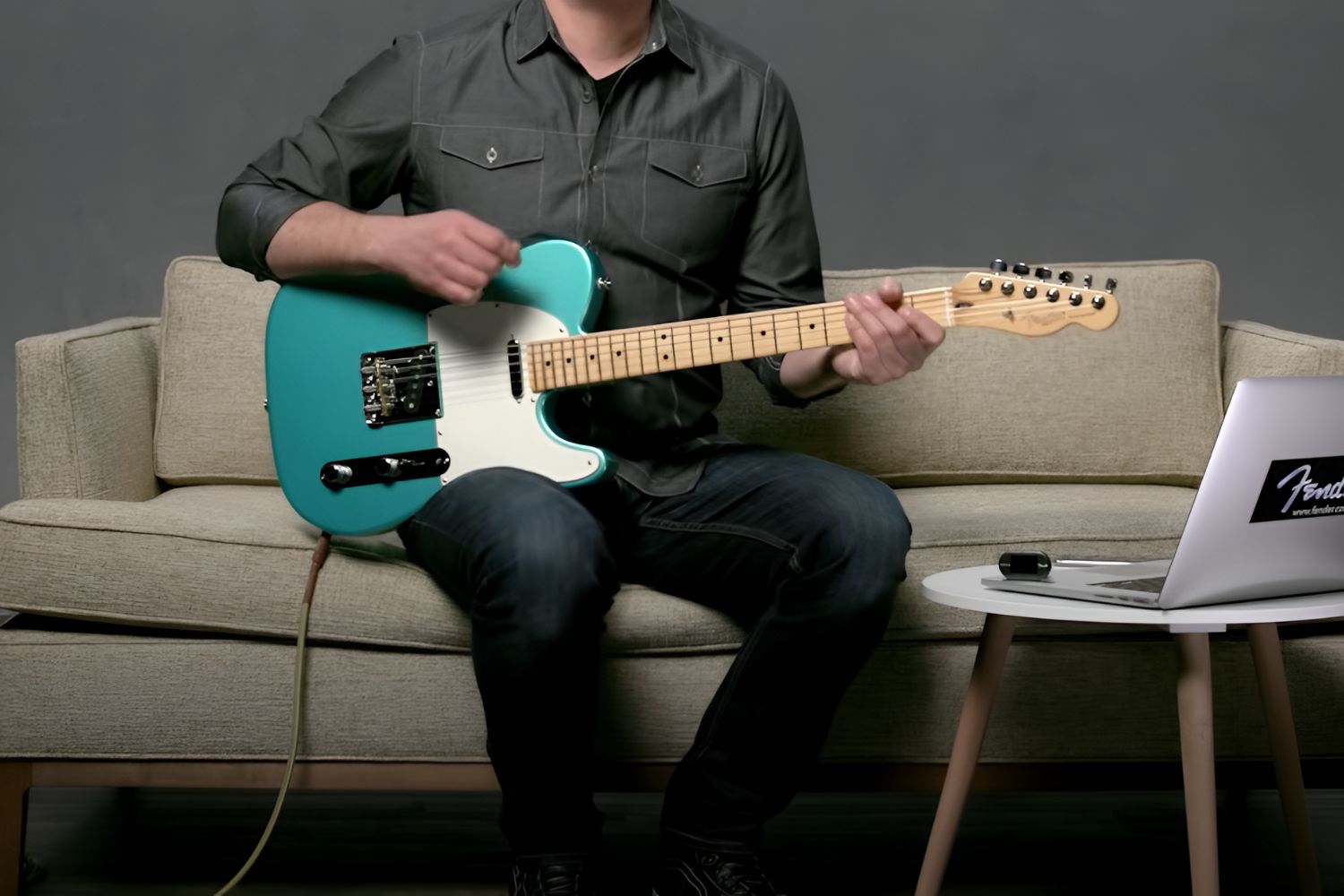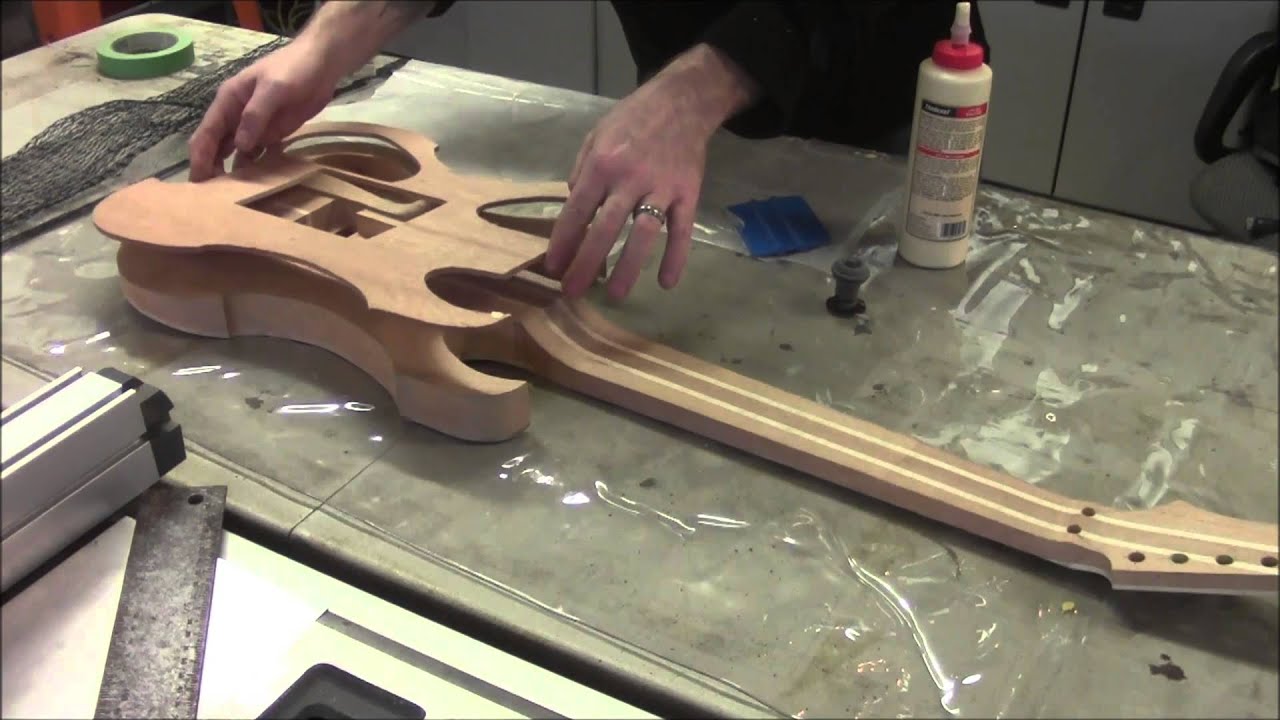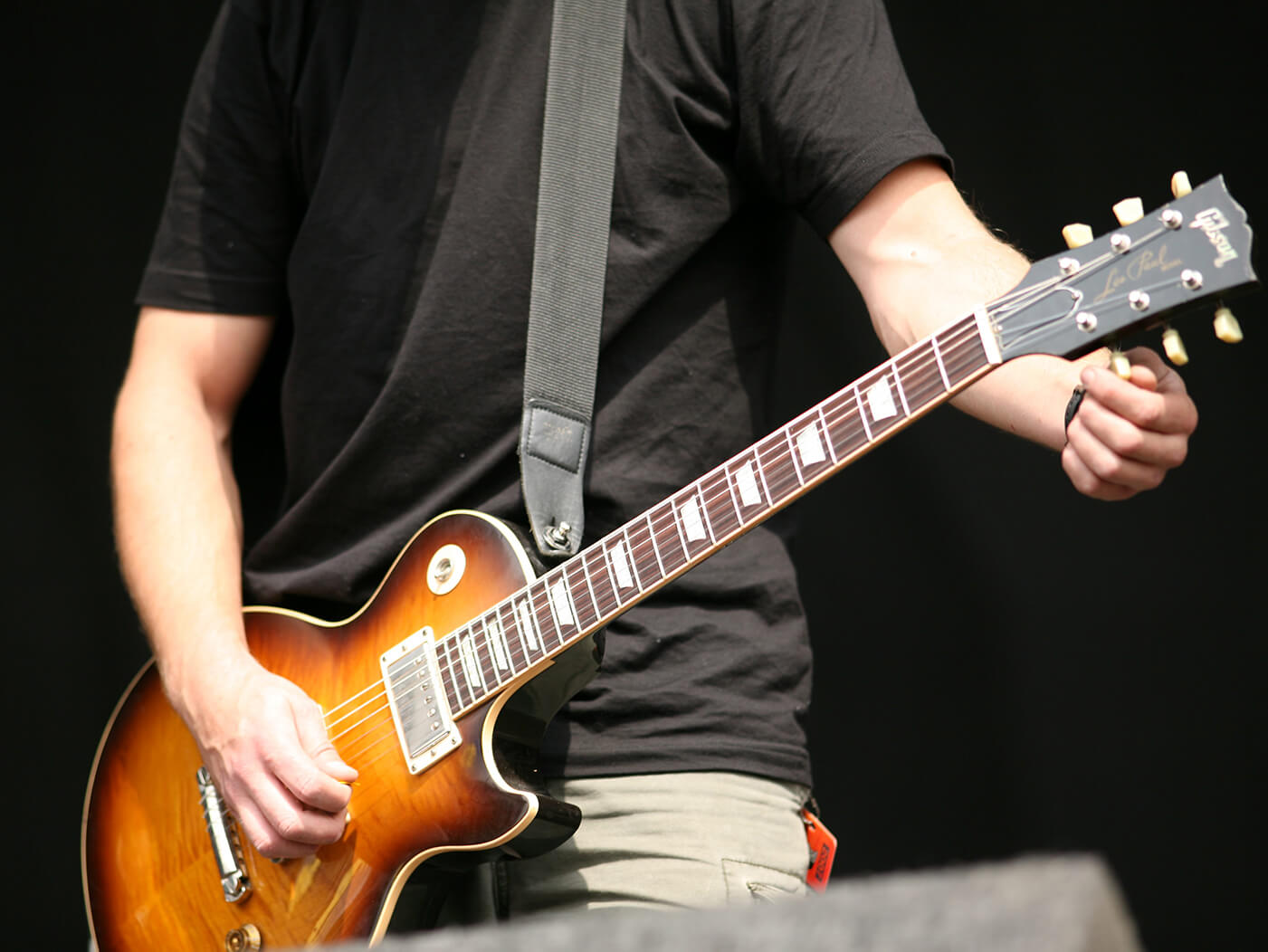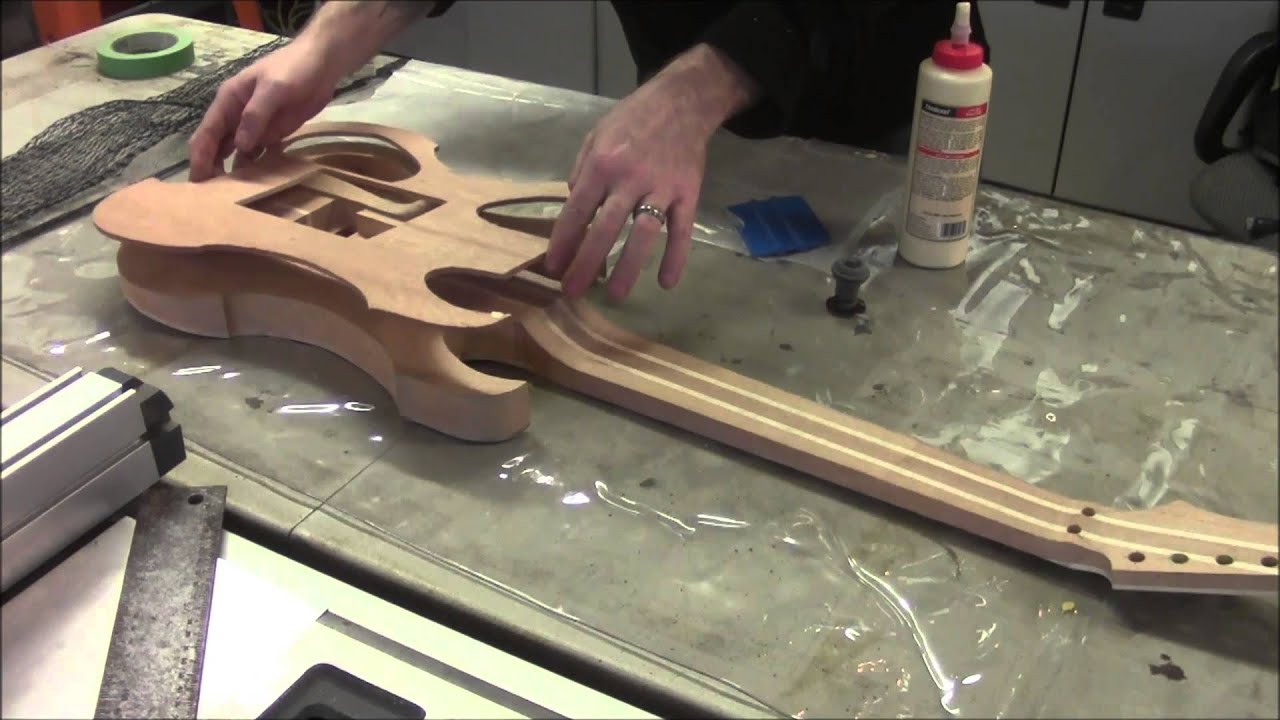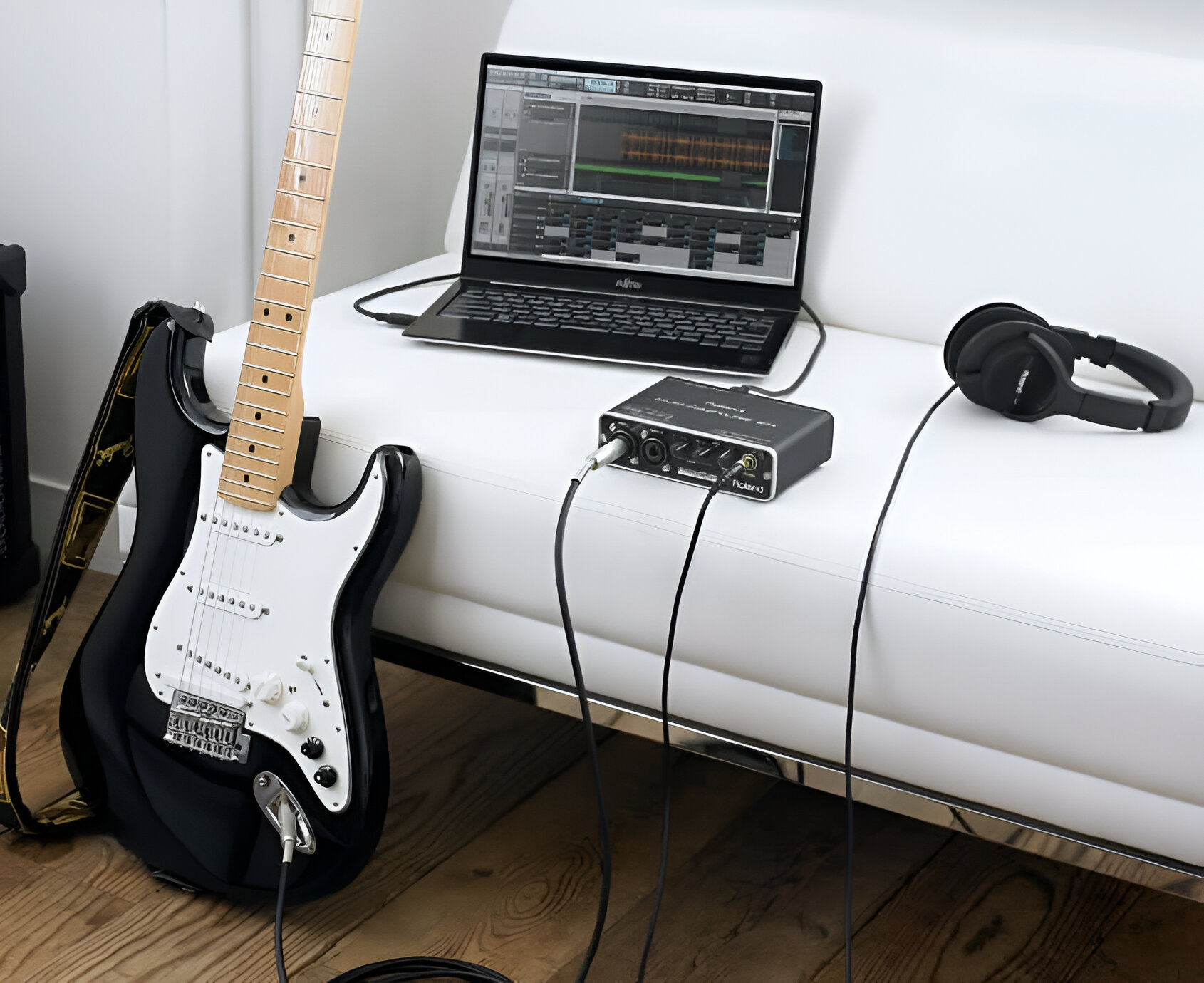Introduction
Playing the electric guitar is an exhilarating experience, but it's not always practical to crank up the volume, especially in shared living spaces or late at night. Fortunately, there are several techniques and tools that can help you play your electric guitar quietly without sacrificing the quality of your sound or the enjoyment of your playing experience.
Whether you're a seasoned guitarist looking for ways to practice without disturbing others or a beginner seeking to hone your skills without causing a ruckus, this guide will provide you with valuable insights into playing the electric guitar quietly. From choosing the right equipment to mastering playing techniques that minimize sound output, you'll discover a range of effective strategies to enjoy your instrument without the noise.
Quietly playing the electric guitar doesn't mean compromising on the thrill of creating music. By incorporating the methods outlined in this article, you can continue to express your musical creativity without disrupting those around you. Let's delve into the various approaches that will enable you to play your electric guitar quietly and considerately.
Choosing the Right Equipment
When aiming to play the electric guitar quietly, selecting the appropriate equipment is crucial. Begin by considering the type of electric guitar you own. If you have a solid-body electric guitar, it tends to produce less acoustic sound compared to a semi-hollow or hollow-body guitar, making it an ideal choice for quiet playing. Additionally, you may want to explore guitars with built-in headphone jacks, which allow you to plug in headphones directly without the need for an amplifier, providing a discreet and noise-free playing experience.
Another essential piece of equipment is a practice amplifier with a headphone output. These compact amps are designed to deliver authentic electric guitar tones at lower volumes, making them perfect for quiet practice sessions. Look for models with headphone jacks and built-in effects, as they offer versatility and convenience while maintaining a low volume output.
Furthermore, investing in a set of high-quality headphones can significantly enhance your quiet playing experience. Opt for headphones that provide accurate sound reproduction and comfort for extended wear. Closed-back headphones are particularly effective in isolating the sound, allowing you to focus on your playing without external distractions.
Lastly, consider utilizing guitar pedals with headphone outputs. These pedals enable you to connect your guitar directly to the pedal and then to your headphones, bypassing the need for a traditional amplifier. This setup not only reduces sound output but also offers the flexibility to experiment with various effects and tones discreetly.
Using Headphones
Headphones are a versatile and indispensable tool for playing the electric guitar quietly. They allow you to immerse yourself in your playing without disturbing others, making them an ideal solution for late-night practice sessions or shared living spaces. When using headphones with your electric guitar, there are several key considerations to ensure an optimal experience.
First and foremost, it’s essential to select headphones that are well-suited for electric guitar applications. Closed-back headphones are preferred for quiet playing, as they effectively contain the sound and prevent audio leakage. Additionally, headphones with a wide frequency response and high fidelity reproduction will accurately convey the nuances of your guitar playing, enhancing the overall experience.
When connecting your headphones to your electric guitar, you may utilize a headphone amplifier or a guitar amplifier with a dedicated headphone output. These options provide the necessary power and signal processing to deliver a rich and detailed sound directly to your headphones. It’s advisable to adjust the headphone volume to a comfortable level, allowing you to hear the nuances of your playing without causing ear fatigue.
For a more immersive experience, consider using headphones with built-in amplification and effects modeling. These advanced headphones are specifically designed for electric guitarists, offering realistic amplifier simulations and customizable effects, all delivered directly to your ears. This approach not only enables quiet playing but also provides a wide range of tonal possibilities to explore.
Furthermore, wireless headphones can offer added convenience and freedom of movement while playing the electric guitar. With advancements in wireless technology, you can enjoy the benefits of quiet playing without being tethered to your amplifier or audio interface. Be sure to select wireless headphones with low latency and high-quality audio transmission for a seamless and enjoyable playing experience.
Adjusting Your Playing Technique
Adapting your playing technique is essential when aiming to play the electric guitar quietly. By implementing specific adjustments and approaches, you can maintain the integrity of your sound while minimizing the volume output. Whether you’re practicing in a noise-sensitive environment or simply seeking a more subdued playing experience, the following techniques will enable you to play your electric guitar quietly and considerately.
One effective method is to focus on playing with a lighter touch. By exerting less force on the strings, you can reduce the overall volume while maintaining clarity and articulation in your playing. Experiment with your picking and fretting pressure to find the optimal balance that allows for quieter playing without sacrificing the expressiveness of your performance.
Additionally, exploring the use of palm muting can significantly diminish the sound produced by the electric guitar. By resting the edge of your picking hand on the strings near the bridge, you can achieve a muted and percussive tone, ideal for quiet practice sessions. This technique is particularly effective for rhythm playing and can be employed across various musical styles.
Another approach to quiet playing involves incorporating hybrid picking techniques. By integrating a combination of pick and fingers to pluck the strings, you can achieve a nuanced and controlled sound at lower volumes. This technique not only facilitates quieter playing but also expands your tonal palette and dexterity as a guitarist.
Furthermore, exploring the use of guitar muting accessories, such as foam or rubber muting pads, can help reduce string resonance and overall volume output. These accessories can be placed near the bridge or behind the nut to dampen string vibrations, resulting in a quieter and more controlled sound. Experimenting with different muting techniques and placements can provide valuable insights into minimizing the acoustic output of your electric guitar.
Using a Guitar Amp Attenuator
When it comes to playing the electric guitar quietly without compromising the tonal characteristics of your amplifier, a guitar amp attenuator is a valuable tool. An attenuator allows you to achieve power tube saturation and tonal richness at lower volume levels, making it an ideal solution for maintaining the desired sound without excessive noise. Whether you’re performing in a noise-sensitive environment or seeking to practice quietly, utilizing a guitar amp attenuator offers a range of benefits.
One of the primary advantages of a guitar amp attenuator is its ability to reduce the amplifier’s output volume while preserving the natural dynamics and tonal nuances of the signal. This means you can attain the sought-after overdriven tones and harmonic saturation at lower volume levels, making it possible to enjoy the full expressiveness of your amplifier without disturbing others.
Additionally, guitar amp attenuators often feature attenuation controls that allow you to adjust the amount of power sent to the speaker, effectively controlling the overall volume output. This level of flexibility enables you to fine-tune the volume to suit your playing environment, whether it’s a shared living space, a recording studio, or a small venue.
Furthermore, some guitar amp attenuators offer impedance matching capabilities, ensuring that your amplifier and speaker are properly matched for optimal performance. This feature not only safeguards the integrity of your equipment but also allows you to explore different tonal characteristics and response when operating at reduced volume levels.
Another notable benefit of using a guitar amp attenuator is the potential to push your amplifier into higher gain territory at lower volumes. This means you can experiment with overdriven and distorted tones without the need for excessive volume, making it conducive for late-night practice sessions or situations where quiet playing is essential.
It’s important to select a guitar amp attenuator that is compatible with your amplifier’s power rating and impedance requirements. Additionally, familiarizing yourself with the attenuation controls and impedance settings will empower you to optimize your amplifier’s performance at lower volume levels, ensuring a satisfying and quiet playing experience.
Conclusion
Mastering the art of playing the electric guitar quietly opens up a world of possibilities for musicians seeking to practice, perform, or simply enjoy their instrument without causing a disturbance. By carefully selecting the right equipment, such as solid-body guitars, practice amplifiers with headphone outputs, and high-quality headphones, you can create a conducive environment for quiet playing while maintaining the integrity of your sound.
Exploring techniques to adjust your playing style, including employing a lighter touch, utilizing palm muting, and incorporating hybrid picking, allows for nuanced and controlled performance at lower volume levels. These adjustments not only facilitate quiet playing but also enhance your expressiveness and versatility as a guitarist.
Integrating specialized tools like guitar amp attenuators further empowers you to achieve the desired tonal characteristics and power tube saturation at reduced volume levels, offering a balanced and immersive playing experience without excessive noise. By leveraging these techniques and technologies, you can embrace the joy of playing the electric guitar quietly while respecting the comfort of those around you.
Quiet playing doesn’t mean compromising on the thrill of creating music. It’s about finding innovative solutions and adapting your approach to ensure that your passion for the electric guitar can be enjoyed in any setting, without causing disruption. Whether you’re a seasoned guitarist or a beginner, the strategies outlined in this guide provide a pathway to quiet, considerate, and fulfilling electric guitar playing experiences.







